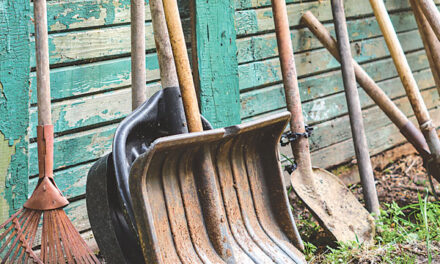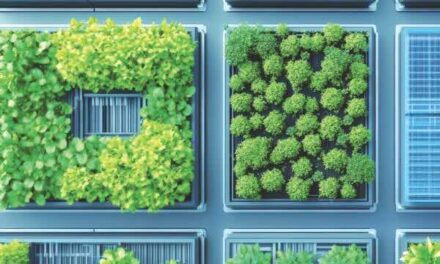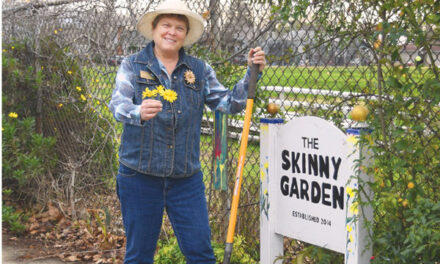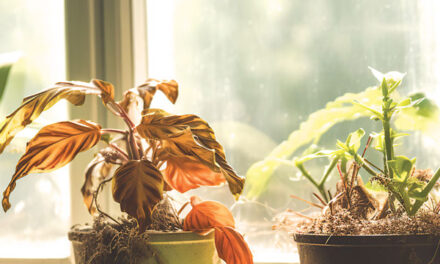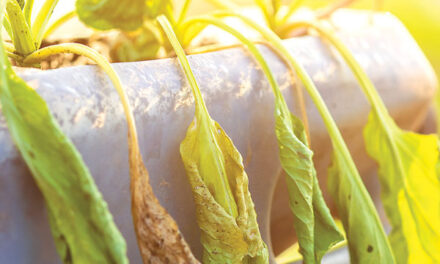Hands on hips and nursing a broken heart, we stand before the tomato plant and ask, “How come I’m not getting any tomatoes?” Nature plays cruel jokes on gardeners.
Even one tiny, green tomato can raise spirits, but not satisfy yearnings for a slab of vine-ripened tomato, slathered in mayo and buried between good bread. Be dejected but understand tomato droughts may not be your fault.
Despite skill and experience, even the greenest thumbs can confront the same impasse. Tomatoes go on extended vacations.
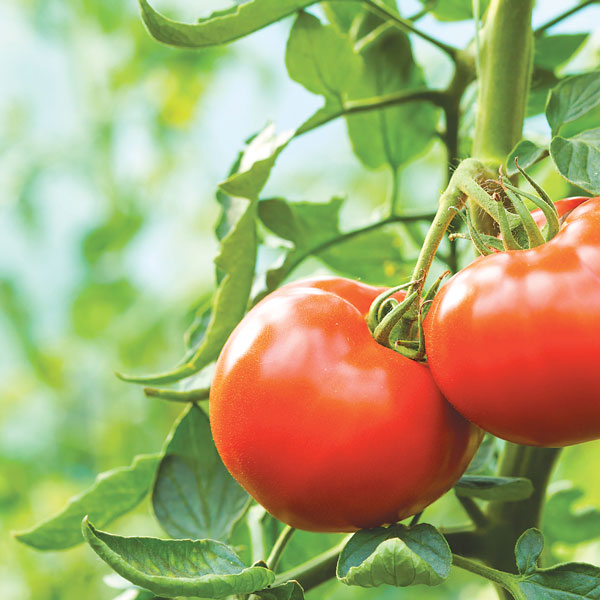
Our city was blessed with perfect tomato fruit temperatures during May and into June. All those 80-degree days should have delivered an early season bonanza of the Sacramento treasure, the home-grown tomato. The remainder of the summer is where trouble brews. Understanding tomatoes may help avoid prolonged shortages.
The heart of a Sacramento summer is fiery and fierce. Tomatoes, touched by high temperatures during the day or cooler than normal nights, seek refuge. They hunker down, drop blossoms and retreat into survival mode. No blossoms, no tomatoes. No tomatoes, no caprese salad, gazpacho, fresh sauces or messy-good sandwiches.
Tomatoes have perfect flowers and are self-pollinating. Male and female reproductive parts cuddle on a single flower. Should you wonder if no bees might be the reason for the lack of tomatoes, bees are not needed, but can help.
Gently shaking the cage or other support during the heat of day can move pollen. Wind can move pollen. Those fortunate enough to have bees and other pollinators in the garden have an extra benefit. Just the vibration from a bumblebee’s wings can do the job.
Troubleshooting other mid-summer hiccups helps avoid headaches. Beyond excessive temperatures, tomato blossom drop can be caused by too much nitrogen fertilizer and by inconsistent watering—too little or too much.
If water consistently drains through a raised bed and out the bottom, reduce the cycle time on a drip irrigation timer. A moisture meter probe saves guessing.
Blossom drop may occur from environmental influences. Heat, coupled with smokey ash from wildfires, for instance. Smog can incite drop. Too much shade will guarantee no tomatoes. The plants require a minimum of six hours of sunlight per day. More is better.
Blossom drop is not the only tomato problem that triggers summer angst in vegetable gardeners. Inconsistent watering is responsible for fruit cracking and blossom end rot. Both are maddening.
One morning, plump tomatoes are a day or so from harvest. The next morning, the skin has split open. Most often high heat and excessive watering prompted the tomato to grow too fast for its skin to expand.
This is how it may happen: Gardeners go on vacation. Tomatoes are not watered for a week or more when temperatures soar. Gardeners return from vacation and saturate thirsty tomatoes. Skins split, bacteria enters the wounds and the tomatoes begin to rot.
Blossom end rot, that leathery brown shrivel on the blossom end (bottom), is a reaction to not enough water being pulled up by the root system and, thus, not enough calcium. Some varieties, especially paste tomatoes such as Roma and San Marzano, are susceptible to blossom end rot.
Maintaining soil moisture throughout the growing season minimizes chances of blossom end rot and splitting. Using mulches around plants (shredded leaves, straw, compost) is a huge help in retaining moisture. Tomatoes will thank you with beautiful fruit.
Cherry tomatoes seem to weather heat better than bigger, slicing tomato varieties. Hybrids may be more dependable than fickle heirlooms.
So many choices and decisions. But if you follow the basics, the reward may be yours for the plucking.
Harvest Day is Aug. 5 at the Fair Oaks Horticulture Center in Fair Oaks Park, 8 a.m. to 2 p.m. It’s the largest one-day gardening event in the region. Admission is free. Visit sacmg.ucanr.edu for details. I’ll be working in the demonstration vegetable garden so swing by and say hi.
Dan Vierria is a University of California Cooperative Extension Master Gardener for Sacramento County. He can be reached at masterg29@gmail.com. For answers to gardening questions, contact the UCCE Master Gardeners at (916) 876-5338, email mgsacramento@ucanr.edu or visit sacmg.ucanr.edu. Follow us on Facebook, Twitter and Instagram: @insidesacramento.




